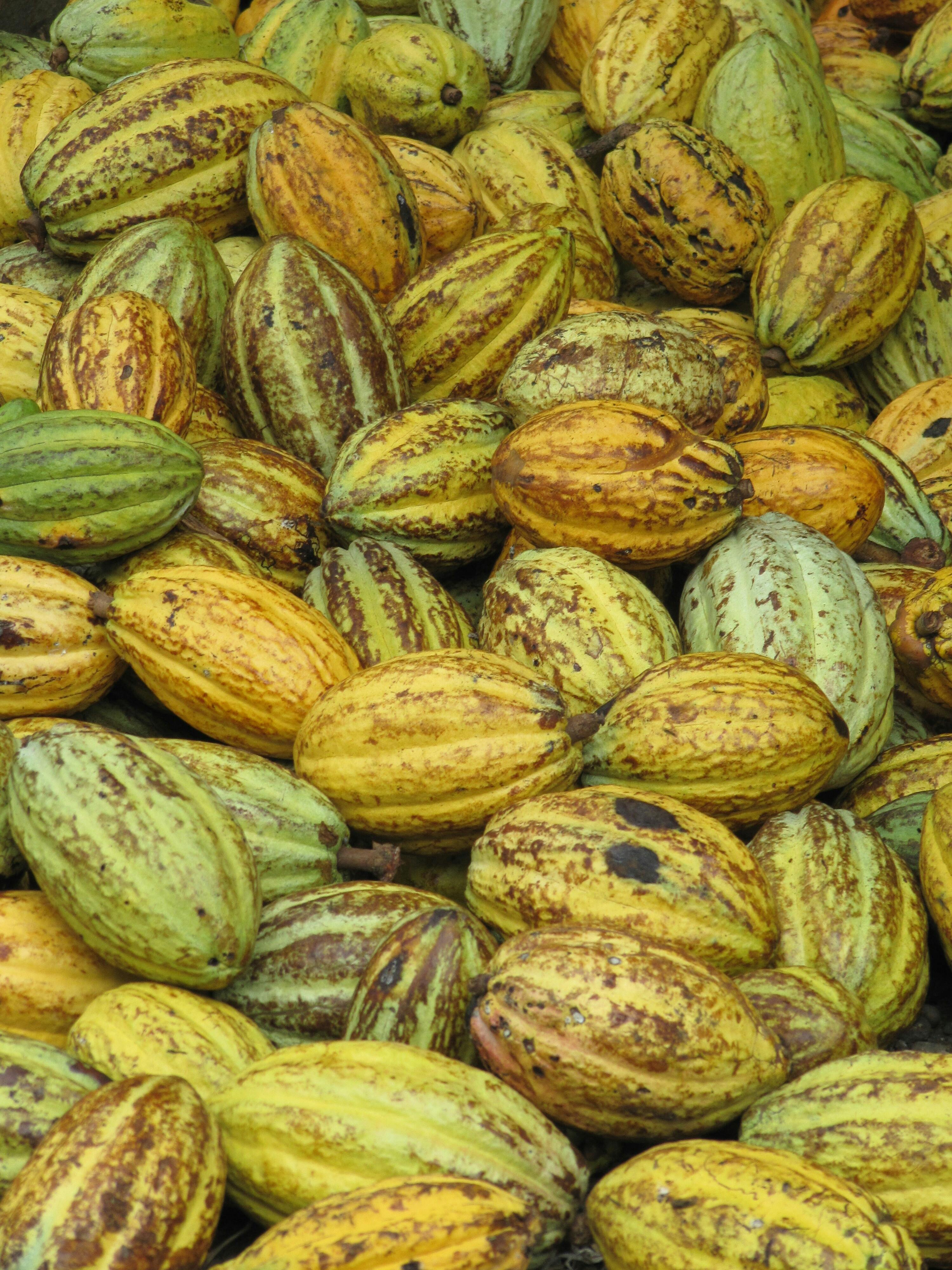Cocoa Crisis: Why Global Shortages Are Driving Prices To New Heights

The global cocoa market is facing unprecedented challenges, with supply-demand imbalances threatening to drive prices to historic highs. A multiyear structural deficit, worsened by a dramatic drop in production, has created a perfect storm. Chocolate manufacturers, who reduced their reliance on price hedges and drained stockpiles during periods of lower prices, now find themselves unprepared for the sharp price increases looming ahead. This article examines the factors behind the cocoa shortage and explores the potential consequences of the impending price surge.
The Cocoa Supply-Demand Imbalance
The cocoa market has experienced three consecutive years of production shortfalls, culminating in a record 500,000-tonne deficit in the 2023-24 season. This significant gap between supply and demand has created a fragile market ripe for disruption.
The primary cause of this deficit is a 13% drop in global cocoa output, driven by weak production in Ivory Coast and Ghana. Together, these two countries account for over half of the world’s cocoa supply, making their production challenges critical to the global market. Factors such as adverse weather conditions, aging cocoa trees, and limited access to modern farming techniques have exacerbated the decline in yields.
The Role of Chocolate Makers in the Crisis
Chocolate manufacturers have unintentionally intensified the crisis. Betting on a rebound in production, many reduced their reliance on price hedges, cutting coverage from 8–9 months of demand to just 5 months. Simultaneously, they depleted stockpiles during periods of lower prices, expecting inventories to be replenished as production recovered.
Hopeful signals, such as strong pod counts recorded from May to August, briefly raised expectations of a production rebound. However, the reality of sustained production declines has left manufacturers unprepared to handle the current supply constraints. This miscalculation now places them at the mercy of rapidly escalating cocoa prices.
Key Factors Driving Cocoa Prices Higher
Several structural and immediate factors are fueling the cocoa price surge:
Structural Issues:
- Climate change is causing erratic weather patterns, reducing the suitability of traditional cocoa-growing regions.
- Declining farm yields, coupled with insufficient investment in sustainable practices, are limiting long-term production potential.
Immediate Triggers:
- Persistent underproduction in key markets like Ivory Coast and Ghana has created a backlog of unmet demand.
- Rising input costs, including fertilizers and labor, are driving up the cost of cocoa cultivation, further straining supply.
Consequences of a Price Surge
The consequences of surging cocoa prices are far-reaching, affecting manufacturers, consumers, and economies reliant on cocoa exports:
Impact on Chocolate Manufacturers:
Higher cocoa prices will significantly increase raw material costs, squeezing profit margins. Manufacturers may pass these costs onto consumers, leading to higher prices for chocolate products worldwide.Broader Economic Effects:
Cocoa-exporting nations, particularly in West Africa, may face economic instability if price volatility disrupts trade. Additionally, volatility in global commodity markets could ripple across other industries reliant on cocoa derivatives.
Mitigating the Crisis
Addressing the cocoa market crisis requires coordinated efforts from industry leaders, governments, and international organizations:
Industry Responses:
Companies must invest in sustainable farming practices to boost long-term productivity. Diversifying cocoa production to other regions could also help reduce reliance on a few key suppliers.Government and International Support:
Governments in cocoa-producing nations need to support farmers with access to modern agricultural techniques, financial aid, and infrastructure development. International organizations should focus on stabilizing the cocoa supply chain and addressing structural vulnerabilities.
Conclusion
The cocoa market’s current challenges highlight the fragility of global supply chains and the far-reaching impact of misaligned strategies. With production deficits showing no signs of abating, the market is poised for significant price increases. Manufacturers, producers, and consumers must prepare for a new reality in the cocoa market. Addressing the crisis will require a combination of immediate action and long-term investment to stabilize supply and ensure the sustainability of the industry. Without these measures, the world’s favorite treat could become significantly more expensive—and less accessible—in the years to come.
Author: Ricardo Goulart
Copper's Comeback: Inside BHP And Lundin's Argentine Asset Acquisition
Copper, often dubbed "the metal of electrification," is experiencing a resurgence in demand due to its critical role in ... Read more
Revitalizing Commodities: How Clean Energy Is Breathing New Life Into A Stagnant Market
The commodities market, traditionally a cornerstone of investment portfolios, has experienced a decade of stagnation. Ho... Read more
European Airports Disrupted By Escalating Climate Protests
Climate activists have escalated their protests at European airports, blocking runways and causing flight disruptions in... Read more
Hungary's Russian Oil Dilemma: Why Brussels Is Cautious In Offering Support
Hungary's reliance on Russian oil has led it to seek support from Brussels to ensure continued access to this crucial en... Read more
Unveiling China's Secret Commodity Stockpiles: What Lies Ahead?
Xi Jinping's extensive reserves of grain, natural gas, and oil hint at future challenges.In a move shrouded in secrecy, ... Read more
Copper Miners Brace For Industry Overhaul As End Users Seek Direct Deals
The copper mining industry is bracing for a significant overhaul as end users, including cable manufacturers and car com... Read more

